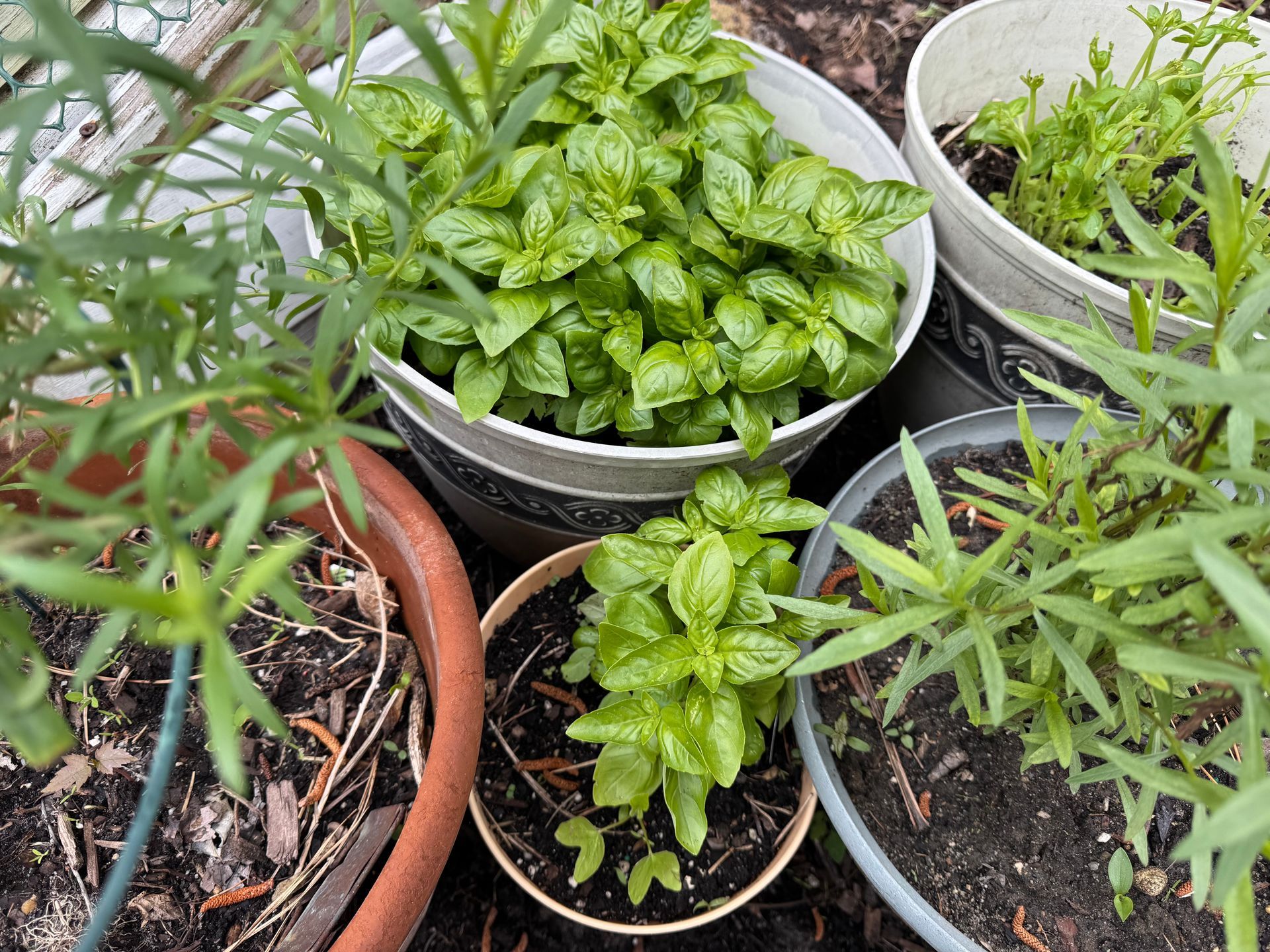Beyond Pesto: The Art and Science of Growing & Cooking with Herbs
As a professional chef, I cook with herbs and seasonings daily. As a consultant, I research gastronomy to better understand cultures and how ingredients are used. I study how herbs and spices are grown, handled, blended, and used in authentic global dishes. Recently, I spent several months in the Mediterranean learning about herbs and spices of Turkey, Spain, Italy, France, Greece, and Portugal.
I understand how many herbs and spices are used and which ingredients pair well with which herbs. For example, dill goes with salmon or cucumbers, and rosemary is delicious with lamb. I’ve learned there is quite a bit more to understand when cooking with herbs and spices and wish to share these findings.
I plan to publish several blogs on herbs and spices over the next few weeks, beginning with growing and cooking with fresh basil.
Basil: A Herb That Demands Respect
Basil is a popular herb used in many recipes—one that demands respect. It’s delicate yet aromatic, familiar yet nuanced. There are more than 50 varieties of basil with different flavors, colors, and leaf sizes.
Basil is often treated like a garnish, but when grown and handled with purpose, it can define a dish (good or bad!). Basil is so much more than an earthy spice in tomato sauce or an appealing garnish on a Caprese salad.
As chefs, we use fresh or dry basil almost reflexively—in pestos, salads, marinades, garnishes, and sauces—but how often do we really think about where it comes from and how its cultivation impacts its flavor, aroma, and texture?
In my research, I’ve grown basil in nearly every way imaginable: in-ground beds, my greenhouse, cold frames, pots, and vertical systems. And I’ve learned something important along the way—how basil is grown matters as much as how it’s handled in the kitchen.
Terroir Matters: How and Where Basil Grows Shapes Its Flavor
In-ground basil develops the most complex flavor. The mineral-rich soil, sun, and coastal breezes of Liguria, Italy—famously showcased in Stanley Tucci: Searching for Italy—create the benchmark in basil.
Here in New Jersey, I prepare a soil mix with compost, potting soil, perlite, and sand for a loamy, well-draining soil. I also use black netting to avoid full sun in the summer. When I prepare my favorite pesto recipe the traditional way with a mortar and pestle, using Genovese basil from my garden, I understand why terroir matters. It is life-changing.
Other growing methods:
Greenhouse basil offers consistency and tender leaves and is a little milder. I move the plants around to find microclimates in the greenhouse to avoid stressing the plants and stay diligent with pests such as aphids.
Potted basil is similar to greenhouse basil—it’s perfect for small kitchens, easy to manage, and fresh, but generally less intense. Ideal for restaurants with gardens.
Vertical farm basil is efficient and clean but tends to have the mildest flavor of all due to lack of natural stress. Vertical farming shows great potential to support sustainability and feed people.
Heat, Sun, and the Bitter Truth
Recently, I harvested Genovese basil from my garden for pesto—something I’ve done for years. But this time, the leaves were very bitter and dark in color. After some research and testing, I traced it back to excessive heat and sun exposure. Under these conditions, basil becomes stressed, loses volatile oils, and can develop bitterness and tougher textures. It becomes inedible.
Older, flowering basil begins to lose flavor. The seeds are edible and are sometimes used to prepare teas or tonics, infuse oils or vinegars, or garnish salads and appetizers.
I extend the life of these plants by deadheading the seeds and pruning the leaves for pesto to encourage new, tender leaf growth. I often repot and collect the seeds for new plants. I have several thriving basil plants that are three years old.
Key takeaway: Basil thrives in warmth, but too much direct sun—especially in mid-summer—can be its enemy. A bit of afternoon shade can make the difference between delicious, tender leaves and a bitter pesto disappointment.
I now create mini climates in my garden, cold frames, and greenhouse, moving the basil to different spots depending on the season—and my basil is thriving and delicious.
Fresh vs. Dried Basil
Fresh basil delivers brightness, fragrance, and pleasant volatile oils that hit the palate (and nostrils) immediately. It’s ideal for finishing dishes like pizzas and tomato salads, for pestos, and for any application where aroma matters.
Dried basil, on the other hand, offers stability and convenience—but at a cost. Its flavor is muted, earthier, and less complex. It’s best for long-simmered dishes like tomato-based sauces, soups, or stews so the flavor can slowly develop.
For kitchens that rely on dried herbs, how you dry basil matters:
Air drying or low-temp dehydrators preserve more aroma than high heat.
Once dried, store away from light and air to protect its character.
I prefer freezing whole leaves and crumbling them at the time of use to keep more of the aromatic compounds intact.

Technique Matters: Mortar vs. Food Processor
Years ago, the Gourmet Society at The Culinary Institute of America held a side-by-side pesto demonstration: one batch with a traditional mortar and pestle, another in a food processor.
The results were clear. The mortar-and-pestle pesto was brighter, more aromatic, with a layered flavor and rustic texture. Crushing basil gently releases its essential oils without overheating them. In contrast, the food processor introduced heat and air, dulling both flavor and color.
Pro tip: For chefs looking to showcase basil at its best, traditional technique still wins.
Bringing It Back to Culinary Discipline
Culinary Discipline: Respect the Ingredients
Basil deserves more than a quick chop for a salad or a sprinkle in tomato sauce. Its terroir and technique determine its flavor. Delicate basil leaves oxidize quickly in the refrigerator.
Best storage practices:
Keep at room temperature with the stems in a jar of water.
If refrigerating, wrap stems in a moist towel and place in a zip-lock bag in the least cold part of the fridge.
Better yet, grow basil in pots and harvest as needed.
Like all ingredients, by handling basil thoughtfully and preparing it with care, we give basil the respect it’s earned—and elevate every plate it touches.
If your operation wants to rethink how it sources and uses fresh herbs to improve flavor, consistency, and cost control, I can help you get there.
Let’s start with the basil.
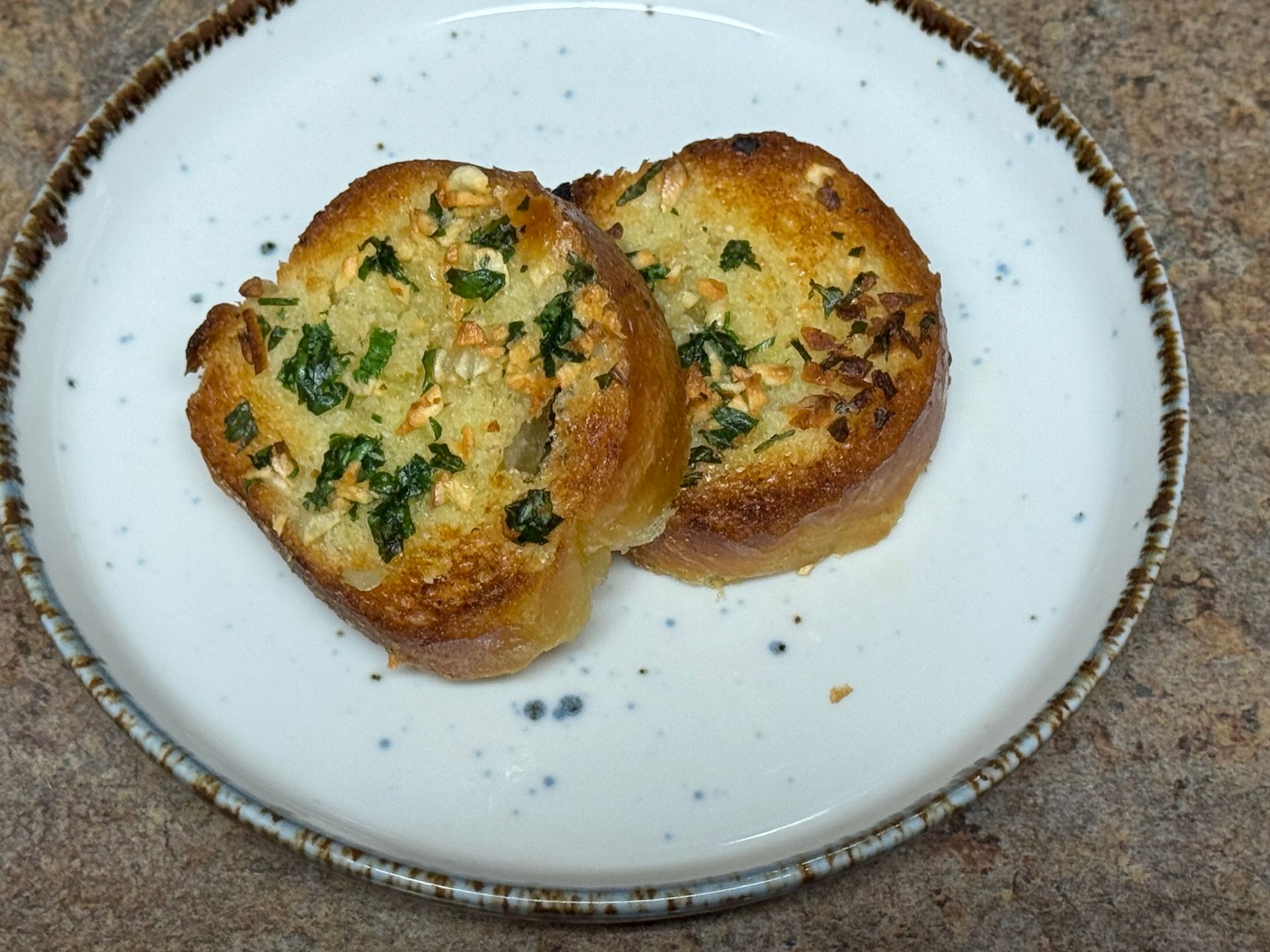
Choosing Garlic: For the best flavor, select firm, heavy heads with tight skins. Hardneck garlic varieties (such as Music or German Red) offer more complexity and a cleaner heat than most supermarket softneck varieties. Preventing Bitterness: Garlic burns quickly. Add minced garlic to warm—not scorching—fat, and cook just until fragrant. Overcooking turns it harsh and metallic. Balancing Butter & Olive Oil: A blend of butter for richness and extra-virgin olive oil for aroma delivers a more nuanced flavor and prevents the butter from over-browning under the broiler. their color and freshness.
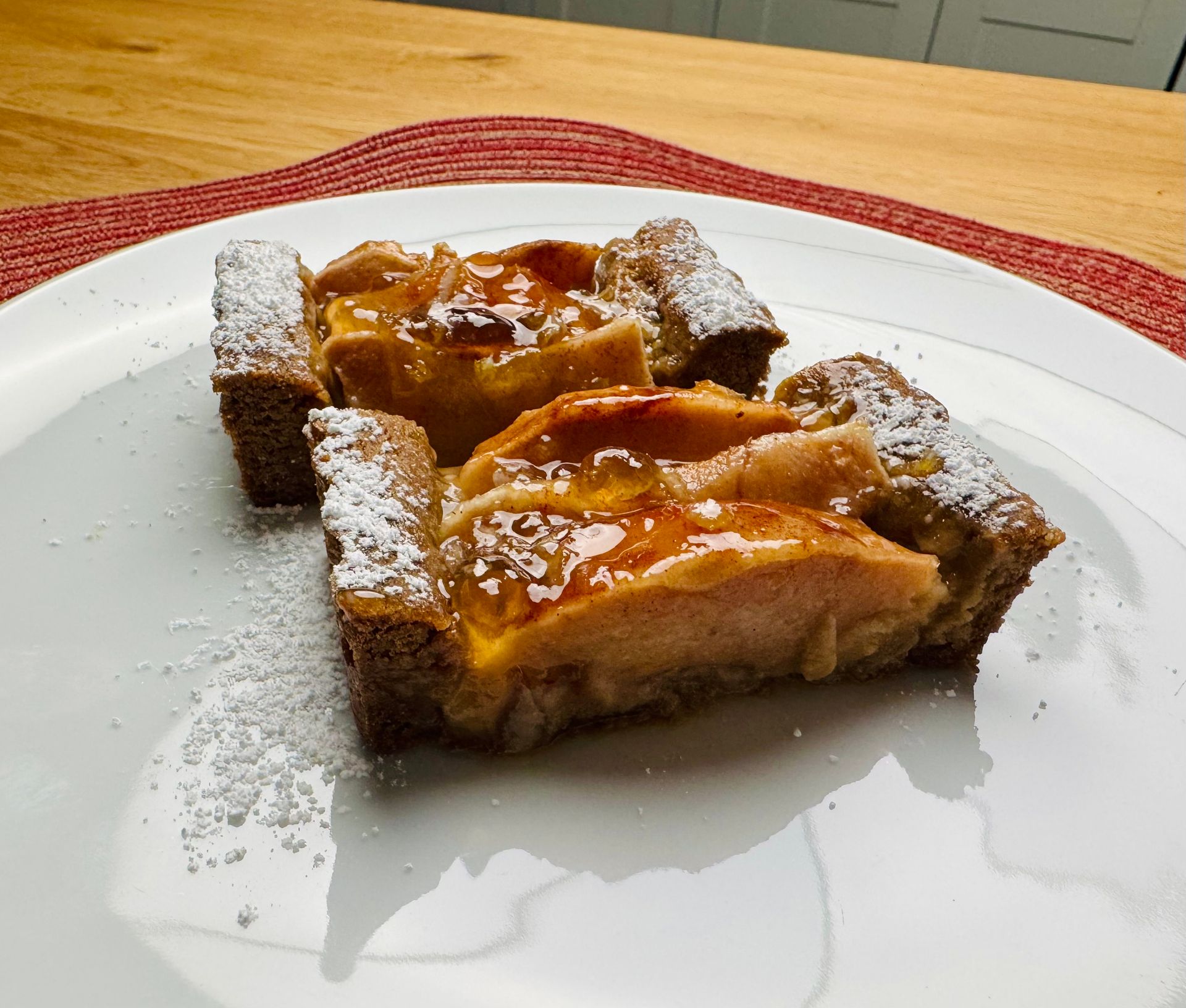
There is a large variety of Pears available to cook with. I remember peeling and poaching tiny, Seckel pears for garde manger presentations-challenging! Pears, like apples vary widely in texture, flavor, and culinary performance, making selection an important step in recipe development. Bartlett are juicy and great to eat ripe or for purees and sauces. Bosc are a little more dense and good for cooking. Red and green Anjou are more versatile and can be eaten fresh in salads as well as cooked in baked goods or savory dishes.

Butter, spices, and traditional family recipes bring us together in the simplest—and most meaningful—ways. Christmas cookies are more than nostalgic treats; they’re a celebration of childhood memories, and maybe cookies help to make us all a little more patient, thoughtful & friendly each holiday season. I remember driving with my father to the city each Christmas to pick up Aunt Flora. She would send us out with decorative plates of homemade, Italian Christmas cookies to deliver to the local relatives. It was always snowing-we would spend a few minutes visiting each family, have a few cookies and a glass of sweet wine or coffee. My mother and aunts began bakin cookies the day after Thanksgiving. They filled the freezer with shoeboxes of cookies lined with wax paper for protection... frozen cookies are pretty delicious!
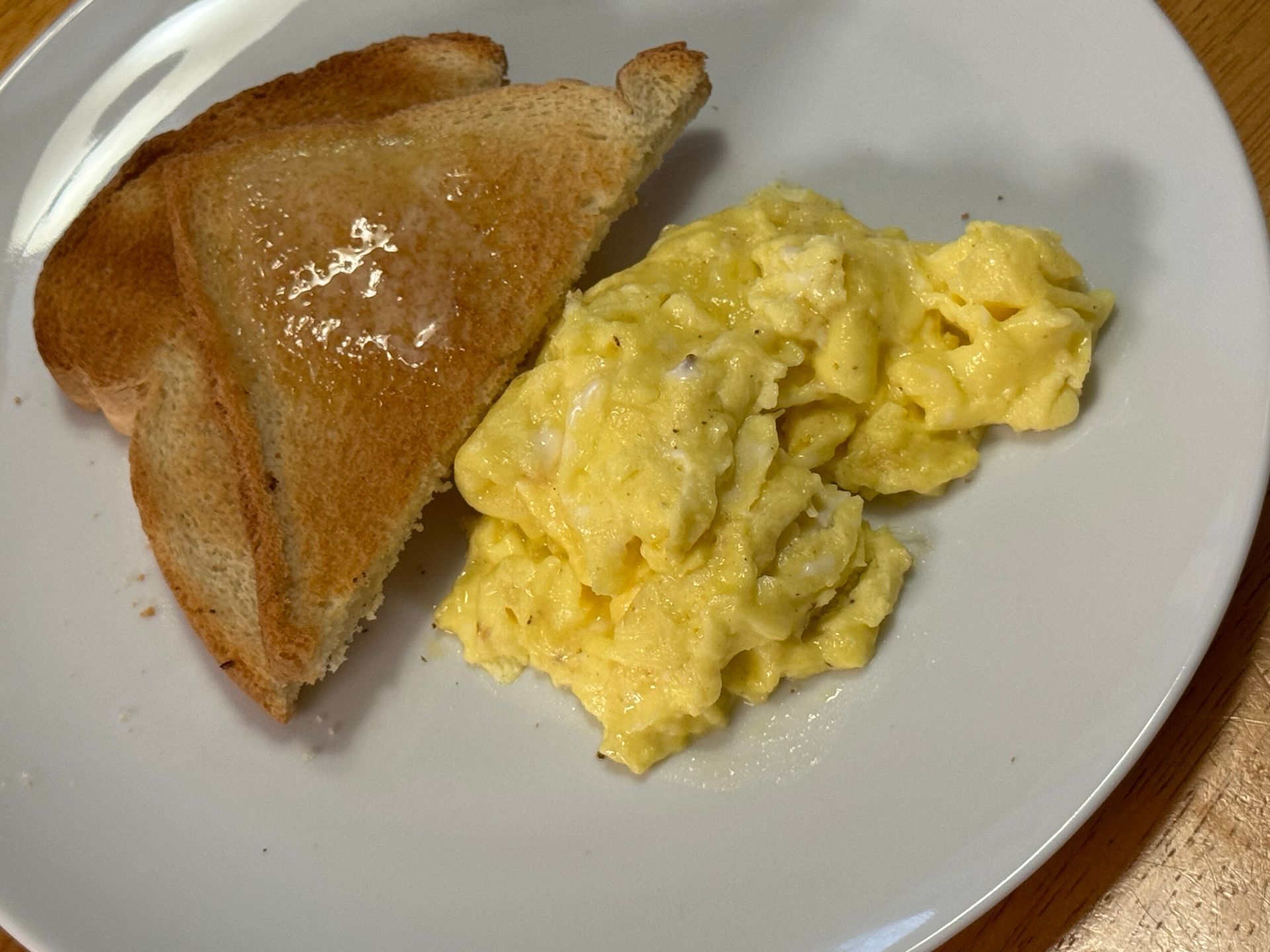
Chefs aspiring to become CIA Instructors are often tested on a variety of egg dishes. Omelettes and poached eggs are a little tricky unless you are using your own pan and have practiced and practiced and practiced! Scrambled eggs are more civilized; Escoffier writes about scrambling eggs with a clove of garlic stuck on the end of a paring knife-I do this sometimes for the amazing flavor... Try flavoring scrambled eggs with shredded cheese, shaved truffles, smoked ham, veggies or herbs, scrambled eggs with buttered toast is the perfect comfort food.
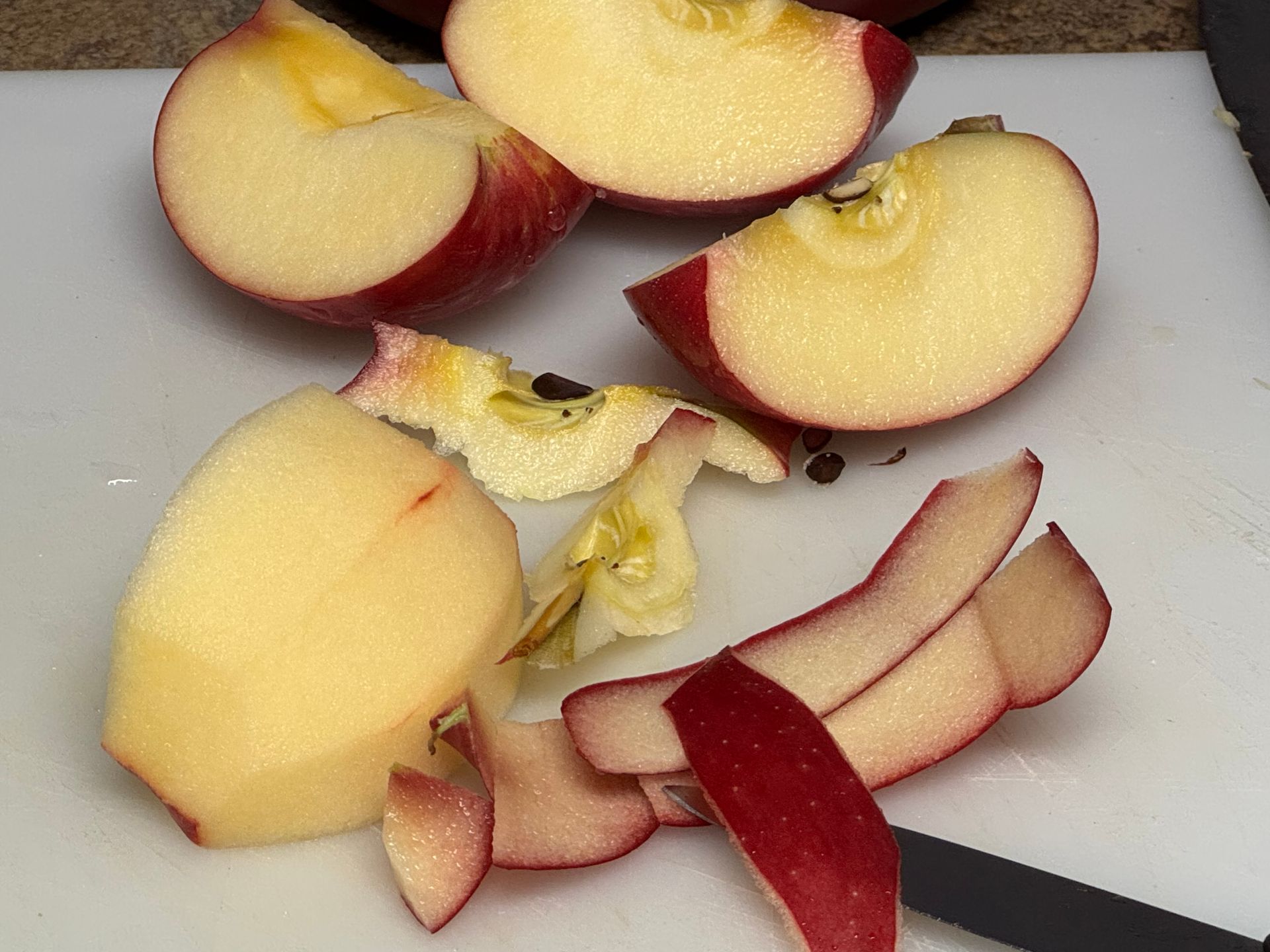
Nowadays there is a large variety of Apples available to cook with. Apples vary widely in texture, flavor, and culinary performance, making selection an important step in recipe development. Firm, tart apples like Granny Smith or Northern Spy hold their structure during baking and bring bright acidity to pies and tarts. Honeycrisp, Pink Lady, and Jazz offer a balance of sweetness and crunch, ideal for salads, slaws, and fresh applications. Softer, aromatic varieties such as McIntosh or Cortland break down more readily, making them perfect for sauces, compotes, and purées.
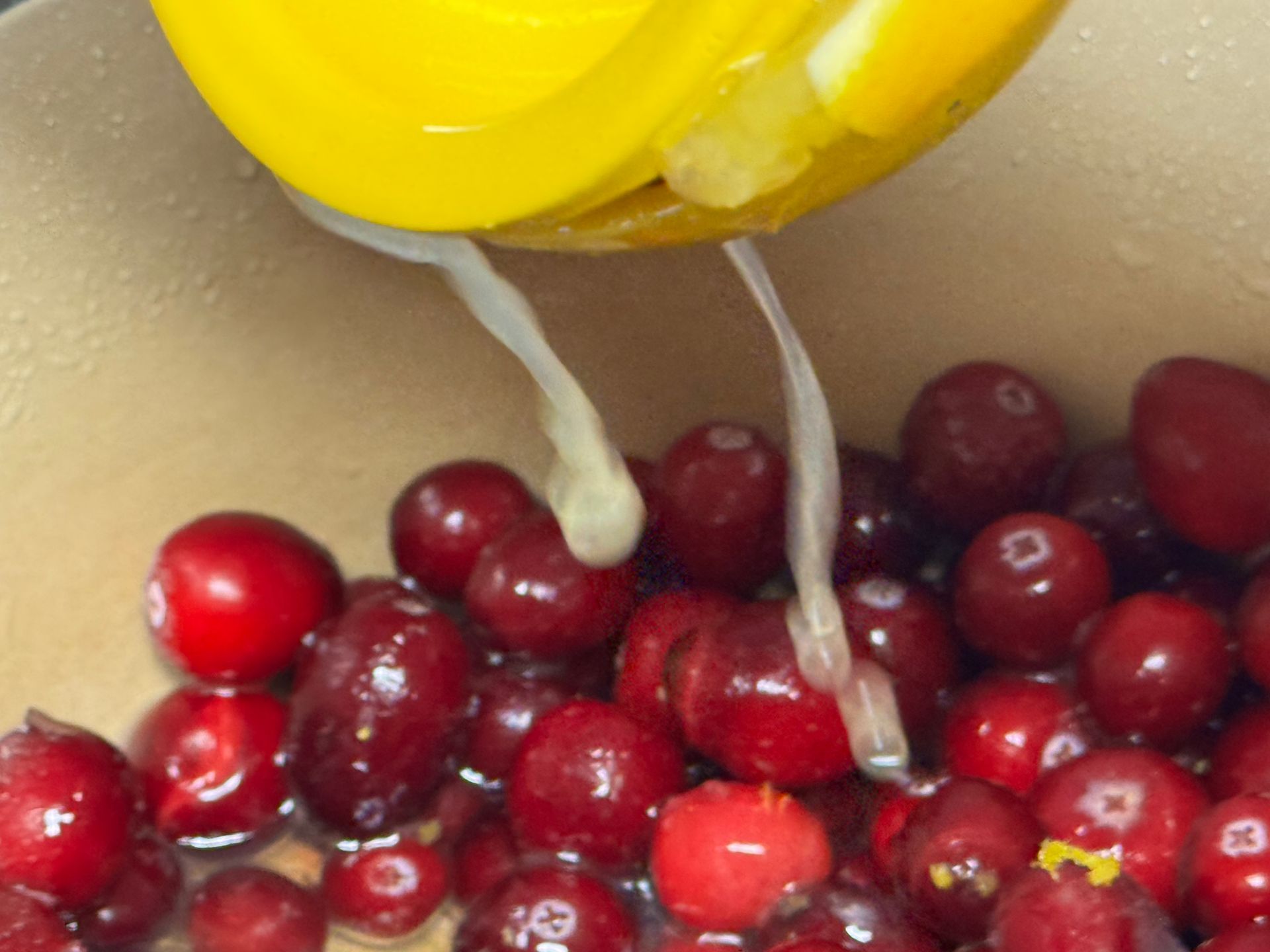
Fresh citrus juice delivers more than bright flavor and acidity—it’s a concentrated source of vitamin C, folate, potassium, and a range of phytonutrients that help support immune function and overall health. Unlike shelf-stable juice, which loses volatile aromatics and some heat-sensitive vitamins during processing, freshly juiced citrus retains its natural enzymes and vibrant flavor compounds.
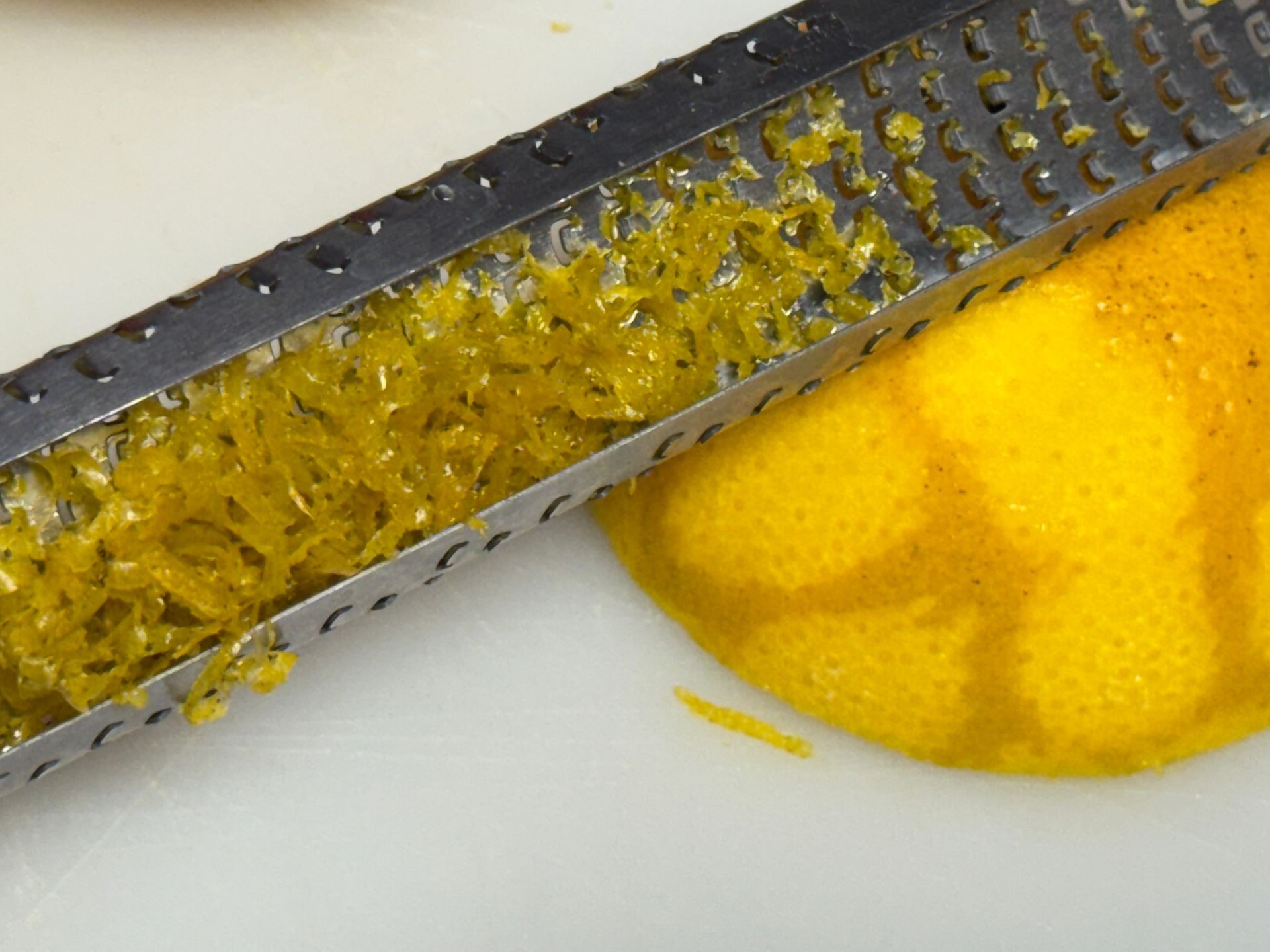
Microplanes—or any fine rasp-style grater—has become the tool of choice for Chefs to remove the outer, aromatic layer of the peel without dragging in the bitter white pith. With the right technique and a sharp Microplane, zesting becomes a quick, precise way to layer in fresh, volatile citrus oils and bring refinement to any dish. Microplanes are much more efficient than graters or peelers and save time.
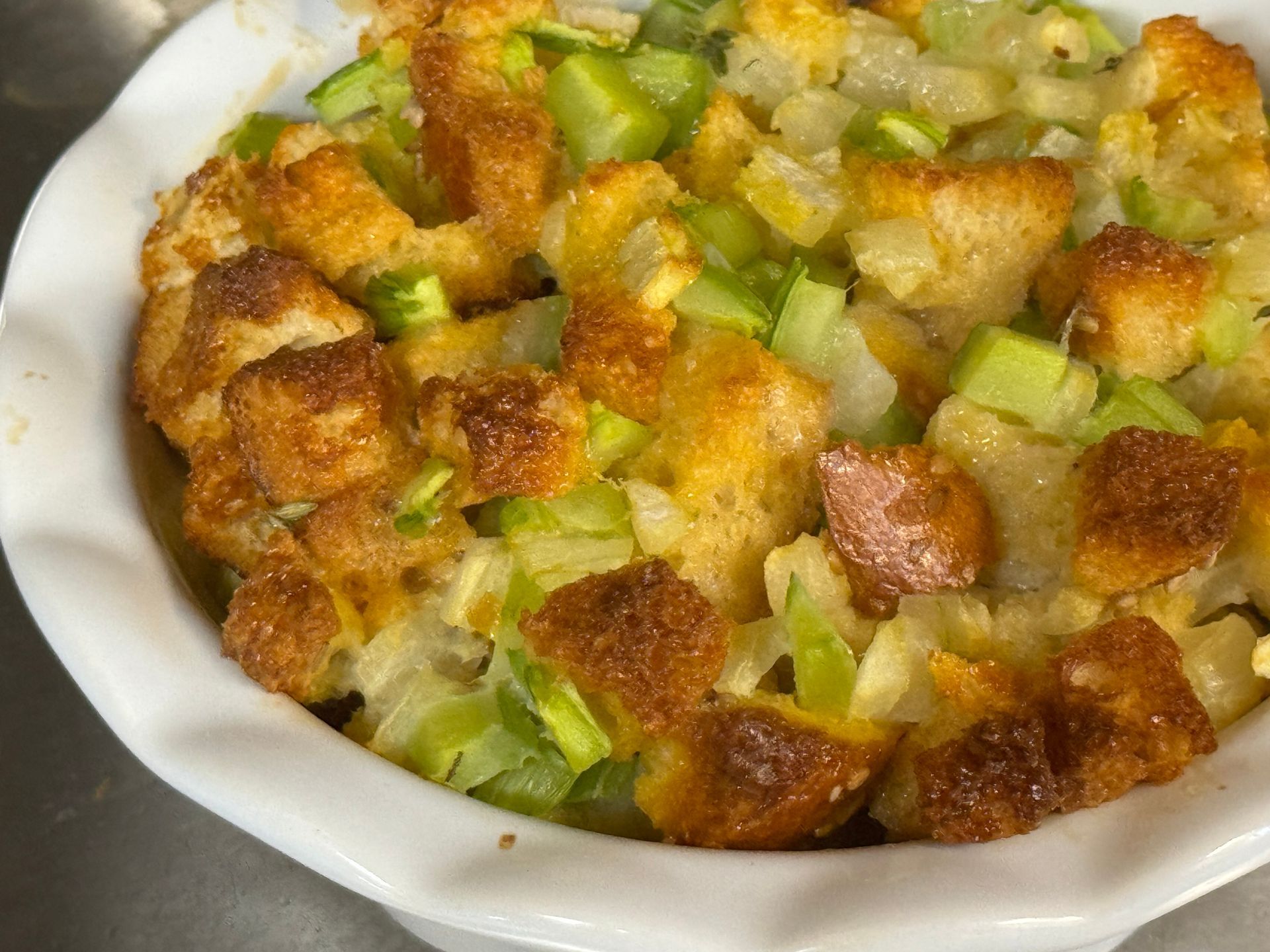
Although I probably enjoy my Thanksgiving gravy even more than the stuffing or the turkey itself— together, they’re the perfect partnership. For added depth, I often fold in diced, sautéed apples, fresh herbs and toasted walnuts or Italian sweet sausage to the homemade croutons. I especially love making corn bread stuffing for the holidays. I remember one year my father requested oyster stuffing (he read about it in the NY Times)... hmmm... we tried it but not a family favorite! I generally prepare more than one style of stuffing... a stuffing sampler!
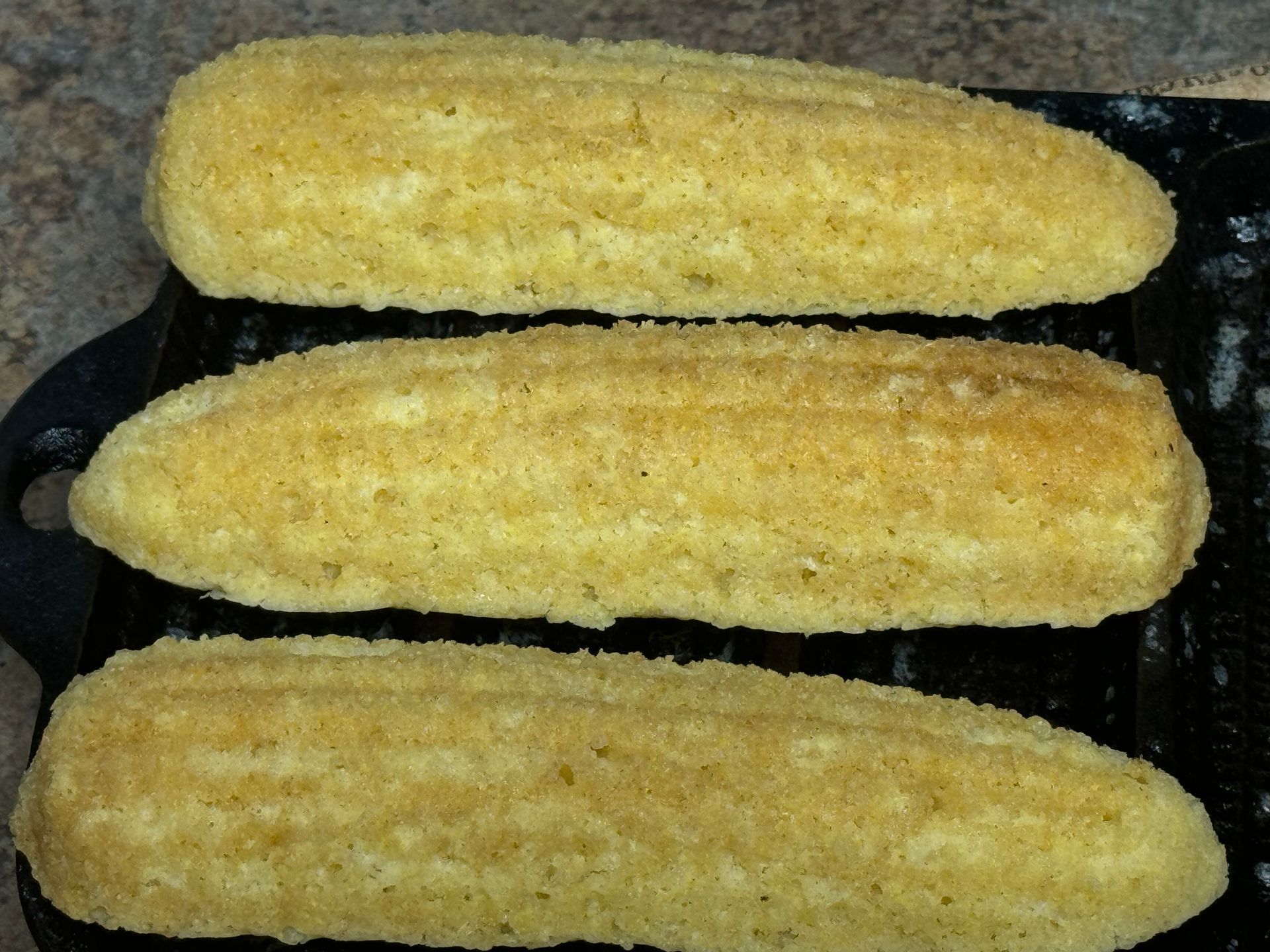
Holiday Corn Bread This slightly sweet cornbread recipe—adapted from one of Chef Paul Prudhomme’s classics—is my go-to for muffins, stuffing, or baked in a cast-iron pan. I first experienced Chef Prudhomme’s extraordinary cooking at a pop-up in New York City and later in New Orleans, and his approach to Southern flavors continues to inspire my holiday menu. The base recipe is wonderfully versatile. In my Garde Manger class at the CIA, I used this recipe for mini muffin 'BLT's' with smoked turkey, bacon, lettuce and tomatoes. Or fold in roasted corn, jalapeño peppers, cheddar cheese, or your favorite seasonal additions for even more flavor and texture. It’s a dependable cornbread that performs beautifully in both savory and sweet applications.

